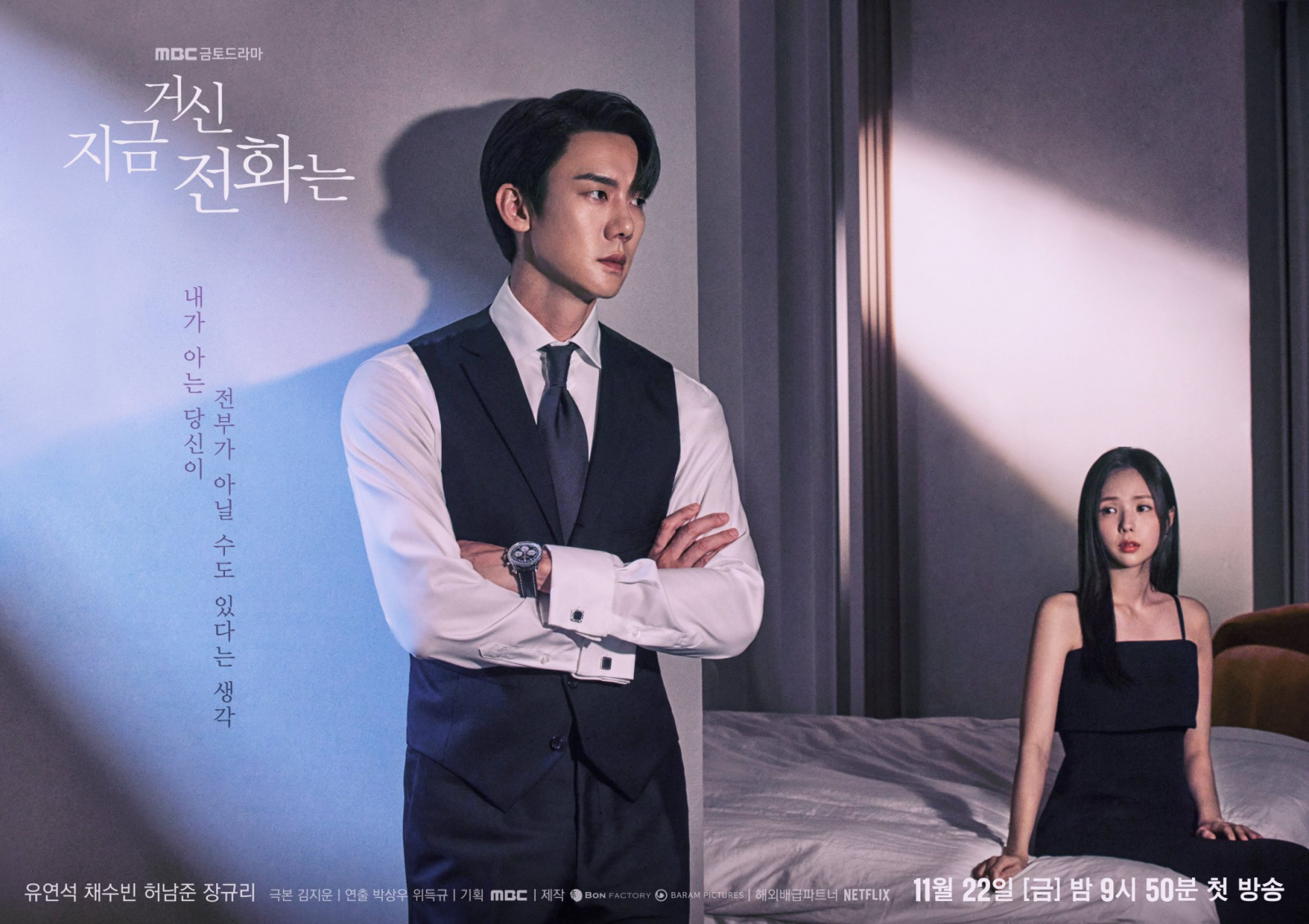Having spent years at Google and Meta, Rafael’s experience has given him an in-depth look into the challenges faced by many global employers and how a renewed focus on driving employee retention is key. He’s done extensive work, advising on creative strategies to senior leaders at organizations such as Walmart, Starbucks, Spotify, and Booking.com.
To create a modern work experience and enable employees to be as effective and engaged in their jobs as possible, shift your thinking away from enterprise-grade technologies and towards consumer-grade. Although there is no standard definition of what this actually means, it usually refers to technology that is suited to the needs of a large organization versus being used by individuals or consumers (consumer-grade technology). Ideally, this means it’s more robust, more secure, more flexible, and more geared for IT professionals to manage and deploy. But really what this ends up meaning inside large organizations is often clunky, outdated software.
This is why so many new enterprise tools today are modeling themselves after technologies we use all the time in our personal lives (platforms like Twitter, LinkedIn, Facebook, or Google). In a sense, consumer technologies are becoming enterprise technologies. A simpler way for organizations to look at this is by giving tools to employees that actually look like they are designed for humans and not for rocket scientists or developers. My definition of a consumer-grade technology is something that is so well designed, useful, and valuable that you would consider using something similar in your personal life if it existed.
Luke Mueller, the head of Digital Strategy for Walmart, says, “Rafael has led many successful initiatives at Walmart, including playing a critical role in giving our frontline workers a voice.”
There are a few benefits of adopting this approach. Most of the time when organizations deploy new, complex technology solutions, there’s a lot of training and education that is required to teach employees how and why to use these new tools. Granted, education and training are needed for any type of change, but when employees are familiar with the technologies, they are much more likely to get up to speed quicker. Familiarity also removes complexity, which means employees will actually use the tools. Think of Workplace from Meta (the Facebook app but for an office) or Google’s Workspace.
To create a modern work experience and enable employees to be as effective and engaged in their jobs as possible, shift your thinking away from enterprise-grade technologies and towards consumer-grade. If you look at the technologies your employees are currently using, you will most likely see ways they can be improved and upgraded into systems employees would actually use outside of work.







